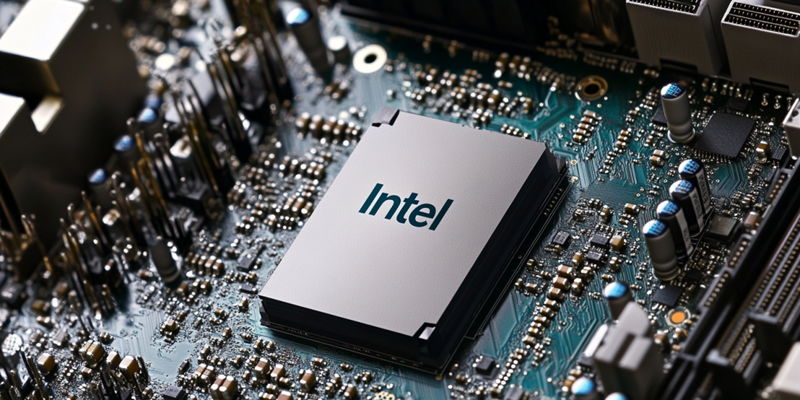Intel’s ambitious roadmap, famously termed the “five nodes in four years” strategy, is set to reach a critical milestone in 2025 with the unveiling of the Intel 18A process and Panther Lake mobile architecture. This pioneering journey, however, doesn’t stop there; speculative buzz already surrounds Intel’s subsequent moves, particularly targeting groundbreaking x86 architectures designed to take single-core performance and efficiency to unparalleled heights. The code names Royal Core and Cobra Core stand at the forefront of this evolution, alluding to potentially revolutionary technological leaps.
Royal Core is expected to make its debut with the 2026 Nova Lake platform, and the buzz around it is more than intriguing. In what appears to be a radical departure from traditional CPU design, Royal Core will reportedly eschew hyper-threading in favor of what Intel terms “rentable units.” This involves a meticulous, fine-grained method for optimizing task distribution between performance cores, or P-cores, and efficiency cores, known as E-cores. These innovative shifts are aimed at achieving maximum efficiency by distributing workloads in a much more granular and adaptable manner.
Further bolstering the lineage, the Cobra Core iteration, anticipated to arrive around 2027, promises yet another leap in CPU capabilities. Departing from Royal Core’s hyper-threading abandonment, Cobra Core is set to reintroduce hyper-threading, but not as we’ve known it before. This time, it’s set to implement a bold new strategy with an unprecedented four threads per core under its Beast Core architecture. By this measure, Intel hopes to significantly ramp up processing capabilities, pushing the boundaries of what x86 CPUs can accomplish.
The Royal Core initiative is commonly linked to Jim Keller, a luminary known for his instrumental role in developing AMD’s Zen architecture. Though Keller parted ways with Intel in 2020, the blueprints and fundamental elements of his work might have been strategically preserved and woven into the Nova Lake framework. This aligns with overarching trends signaling Intel’s strategic shift toward boosting efficiency and single-core performance while moving beyond traditional hyper-threading techniques. Despite the shroud of secrecy that partially cloaks Nova Lake, these evolving developments underscore Intel’s unwavering focus on CPU innovation and efficiency in the forthcoming architectures.
Looking Ahead to the Future
Intel’s ambitious “five nodes in four years” plan is set to hit a major landmark in 2025 with the introduction of the Intel 18A process and Panther Lake mobile architecture. This journey, however, keeps evolving with Intel’s upcoming x86 architectures aimed at exceptional single-core performance and efficiency. Code names like Royal Core and Cobra Core signal potential groundbreaking shifts.
Royal Core is slated to debut with the 2026 Nova Lake platform. This design aims to forgo hyper-threading in favor of Intel’s “rentable units,” a nuanced way of optimizing task allocation between performance cores (P-cores) and efficiency cores (E-cores). This innovation seeks to enhance efficiency through more precise workload distribution.
Cobra Core, expected around 2027, will reintroduce hyper-threading but with a novel twist: four threads per core under its Beast Core architecture. This approach aims to massively boost processing power, expanding the boundaries of x86 CPU capabilities.
The Royal Core initiative is often associated with Jim Keller, a significant figure behind AMD’s Zen architecture. Though Keller left Intel in 2020, his foundational work likely influenced the Nova Lake framework. These developments indicate Intel’s strategic pivot towards improving efficiency and single-core performance, moving beyond conventional hyper-threading. Despite some secrecy surrounding Nova Lake, Intel’s dedication to CPU innovation remains clear and unwavering.

